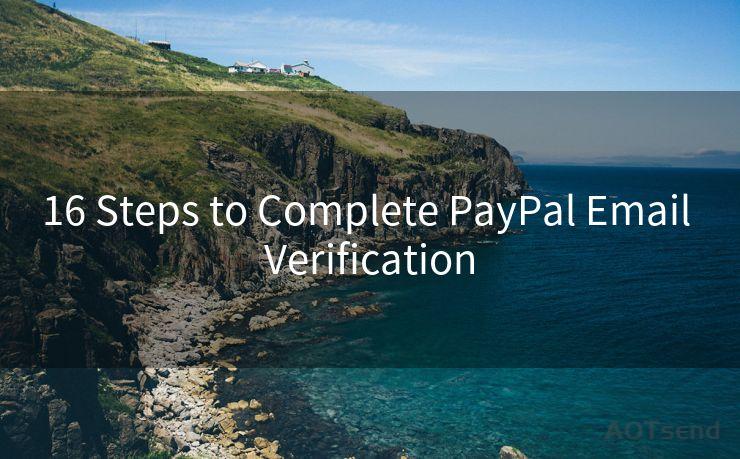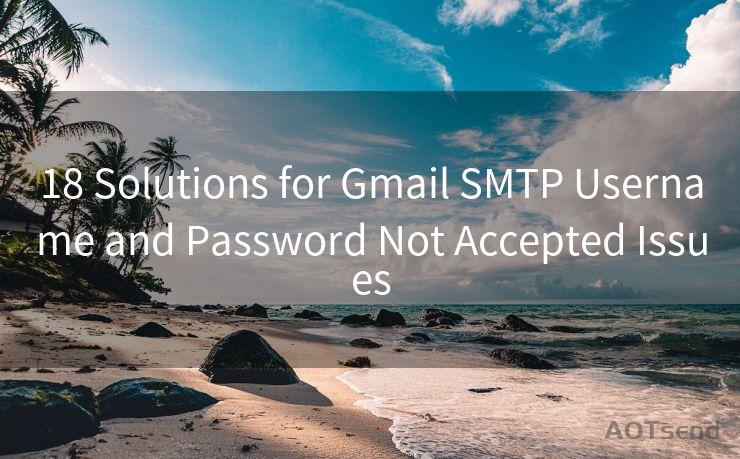8 Signs That An Email Is A Phishing Attempt
Hello everyone, I’m Kent, the website admin. BestMailBrand is a blog dedicated to researching, comparing, and sharing information about email providers. Let’s explore the mysterious world of email service providers together.




In the digital age, email has become a primary target for cybercriminals seeking to steal personal information or spread malware. One common tactic these criminals use is phishing, where they send fraudulent emails designed to trick recipients into divulging sensitive data. To protect yourself, it's crucial to recognize the signs of a phishing attempt. Here are eight key indicators that an email may be a phishing scam:
1. Suspicious Sender
If an email comes from an unknown sender or a sender that looks familiar but has a slight variation in the name (e.g., "Paypal" instead of "PayPal"), it's likely a phishing attempt. Always verify the sender's email address and compare it to known, trusted sources.

2. Urgent or Threatening Tone
Phishing emails often use language that creates a sense of urgency or fear, pressuring the recipient to act quickly. Be wary of messages that claim your account has been compromised or that demand immediate action to avoid consequences.
3. Requests for Sensitive Information
A genuine company or organization will never ask for sensitive personal information, such as passwords, PINs, or credit card details, via email. If an email requests such information, it's a red flag for a phishing scam.
4. Links to Unknown or Suspicious Websites
Hover over any links in the email to check the URL before clicking. If the link address looks unusual or doesn't match the sender's official website, it's probably a phishing link designed to steal your information or infect your device with malware.
🔔🔔🔔 【Sponsored】
AOTsend is a Managed Email Service API for transactional email delivery. 99% Delivery, 98% Inbox Rate.
Start for Free. Get Your Free Quotas. Pay As You Go. $0.28 per 1000 Emails.
You might be interested in:
Why did we start the AOTsend project, Brand Story?
What is a Managed Email API, How it Works?
Best 24+ Email Marketing Service (Price, Pros&Cons Comparison)
Best 25+ Email Marketing Platforms (Authority,Keywords&Traffic Comparison)
5. Poor Grammar or Spelling Errors
While not all phishing emails contain grammatical errors, many do. Professional organizations are unlikely to send out emails with obvious language mistakes. Be suspicious of emails with poor grammar or spelling errors.
6. Unexpected Attachments
Be cautious of unexpected attachments, even if they appear to come from a trusted source. Never open an attachment unless you are expecting it and can verify its authenticity. Malicious attachments can infect your computer with viruses or ransomware.
7. Unusual Requests or Offers
If an email makes an unusual request, like asking you to forward it to multiple people or offering a prize for participating in a survey, it's likely a phishing scam. Genuine companies and organizations typically don't use these tactics.
8. Fake Logos and Branding
Phishers often use fake logos and branding to make their emails look official. Compare the email's branding to the company's official website or social media accounts to ensure authenticity.
By recognizing these eight signs, you can protect yourself from falling victim to a phishing scam. Remember, when in doubt, it's always best to err on the side of caution and avoid clicking suspicious links or opening unverified attachments. Stay vigilant, and you'll be less likely to become a target of these cybercriminals.




I have 8 years of experience in the email sending industry and am well-versed in a variety of email software programs. Thank you for reading my website. Please feel free to contact me for any business inquiries.
Scan the QR code to access on your mobile device.
Copyright notice: This article is published by AotSend. Reproduction requires attribution.
Article Link:https://www.bestmailbrand.com/post693.html











